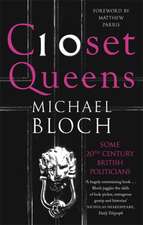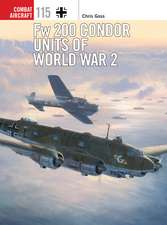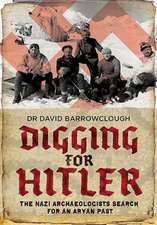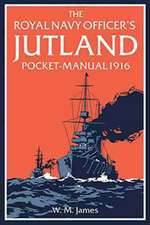Catullus
Autor Elmer Truesdale Merrillen Limba Engleză Paperback – 6 oct 2008
Preț: 206.00 lei
Nou
Puncte Express: 309
Preț estimativ în valută:
39.42€ • 41.11$ • 32.76£
39.42€ • 41.11$ • 32.76£
Carte tipărită la comandă
Livrare economică 17-22 martie
Preluare comenzi: 021 569.72.76
Specificații
ISBN-13: 9781443753944
ISBN-10: 1443753947
Pagini: 324
Dimensiuni: 140 x 216 x 19 mm
Greutate: 0.41 kg
Editura: Kite Press
ISBN-10: 1443753947
Pagini: 324
Dimensiuni: 140 x 216 x 19 mm
Greutate: 0.41 kg
Editura: Kite Press












